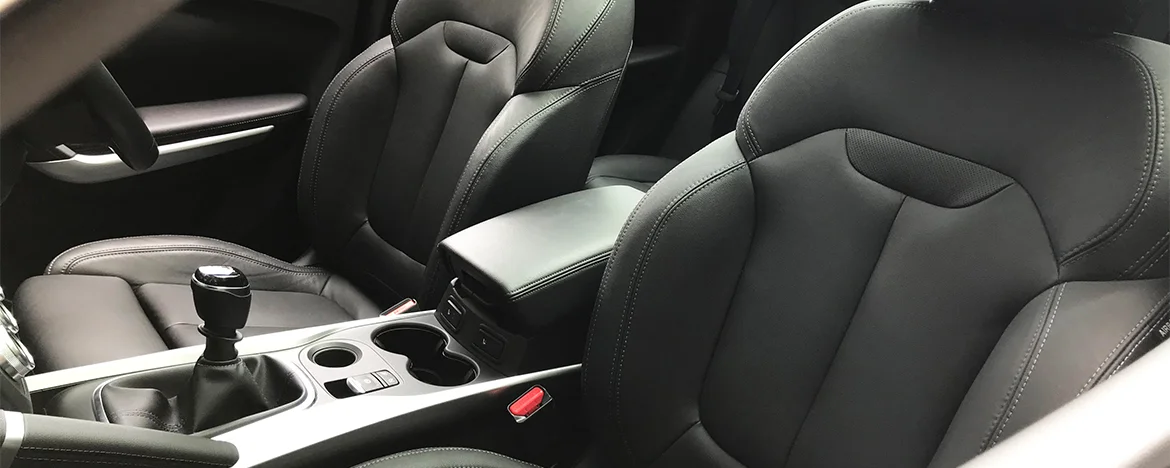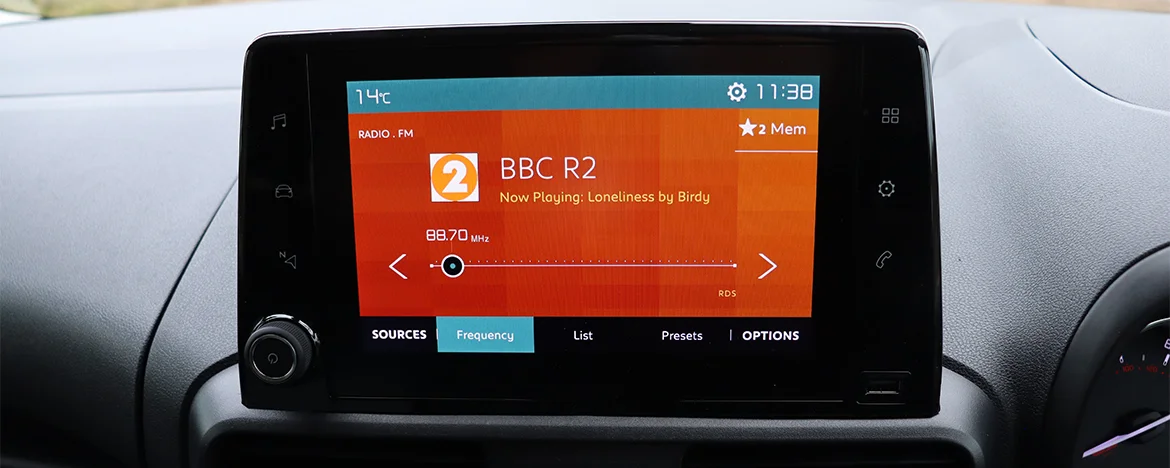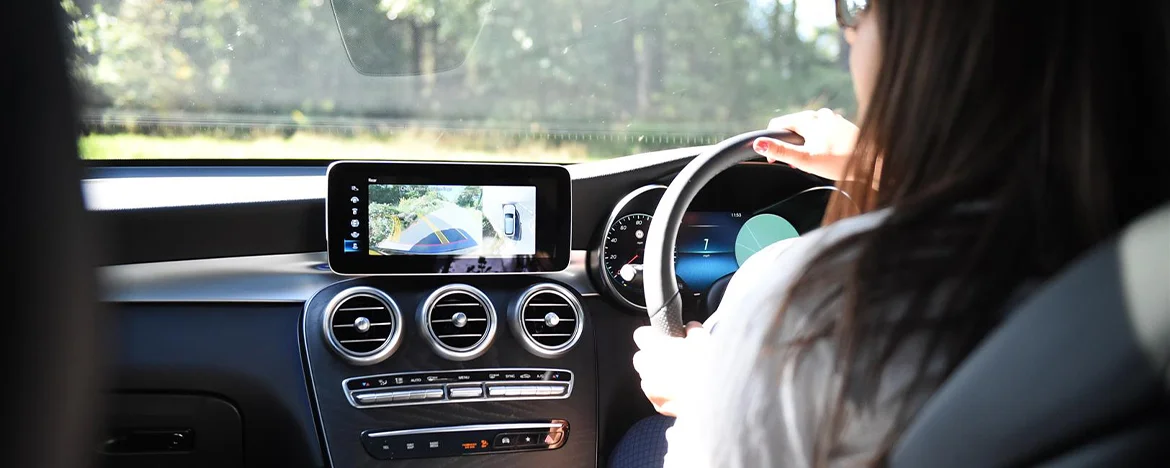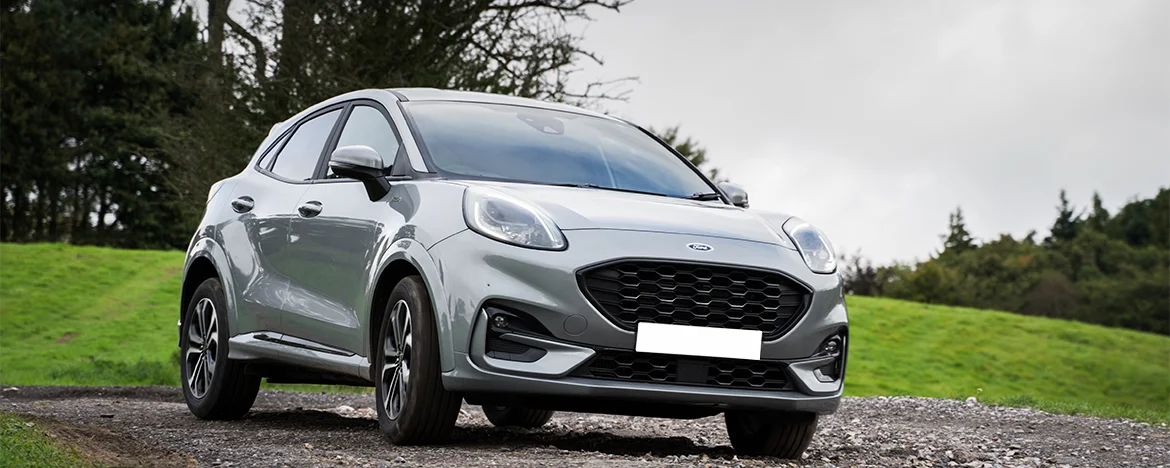If you only make one New Year's resolution this year, consider making a commitment to healthier driving
We all do it. Down goes the tree, in comes the New Year, and we all vow to do better.
More sleep, more vegetables, more exercise - but before we know it, the Christmas cheese is back out, the gym bag is still on the hook, and all your good intentions seem to have flown out of a window.
But this year, we've done the hard work for you and found a resolution that'll not only be easier to stick to, but will make you a better driver.
We all use our cars every day. From the school run to the daily commute, to nipping into town on an errands run, to long runs up and down the motorway, you probably hop in and out of your car more times than you realise.
But have you ever considered whether the way you're driving is healthy or not?
We're all guilty of slumping down, or putting our hand in an awkward position on the steering wheel. Occasionally this isn't going to hurt, but if you're regularly driving your car with your seat in the wrong position, this could cause you some aches and pains.
So for a happier and healthier 2022, follow these tips, and enjoy the smug feeling when everyone else around you is complaining of back pain.









